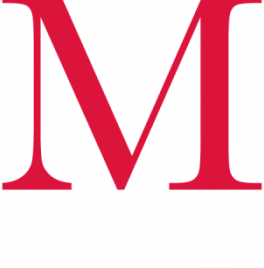In order to better adapt with the ever-changing world of media and technology, the Fairfield administration has made some adjustments to its course offerings as a means of providing students with additional opportunities to study today’s digital culture.
The College of Arts and Science is now home to two new majors, one being digital journalism, which lies in the English Department, and the other public relations, which falls in the Department of Communication.
For Dr. David Gudelunas, associate dean of the College of Arts and Sciences and associate professor of communication, the development of these two new majors is important because “the world of media and communication is changing very quickly.” “We know that in order for our students to be prepared when they leave Fairfield, we need to be constantly innovative with our curriculum,” he continued.
The new digital journalism and public relations majors will offer students a variety of courses to take, internship opportunities and research experiences.
In the digital journalism major, students will take classes such as news writing, digital journalism and big data storytelling, while those who take the public relations major can expect classes such as mass media and society, persuasion and argument and advocacy.
Assistant Professor of English Tommy Xie commented on one of the digital journalism major’s newest course additions, big data storytelling, and its significance to the profession: “With the unprecedented amount of data available to the public nowadays, an ocean of stories are buried there. Without journalists who have the skills to dig them out, those important stories would be buried forever.”
Having varied skill sets appears to be a common theme in both new majors, and is an attraction to students both new and near graduation.
Senior Amanda Healey commented on the new digital journalism major’s interdisciplinary components: “I think it’s a very interesting decision and it shows how Fairfield is really trying to keep up with today’s demand of new media in the digital age as well as intersect with film and communications.”
According to Gudelunas, “Both of these new majors complement our already strong existing majors in film, television and media arts, as well as communication, that are extremely popular with students.” He expects students to gravitate towards these new majors, as they give students the opportunity to explore media and technology, as well as their impact on our world today.
Gudelunas added that both majors were created as a response to the strong student demand for a major geared more specifically to their desired field of study.
Had Healey had the opportunity to explore the major as a freshman, she said she would have considered it. Healey came to Fairfield as a film major, then changed to undeclared before settling as a communications major with a minor in journalism. Therefore, had the major been developed earlier, Healey said that she would have given thought to declaring it given that it incorporates all the departments she is interested in.
Those students interested in pursuing a major in either digital journalism or public relations can visit the major of their choice’s website, or contact David Gudelunas for more information.


Leave a Reply